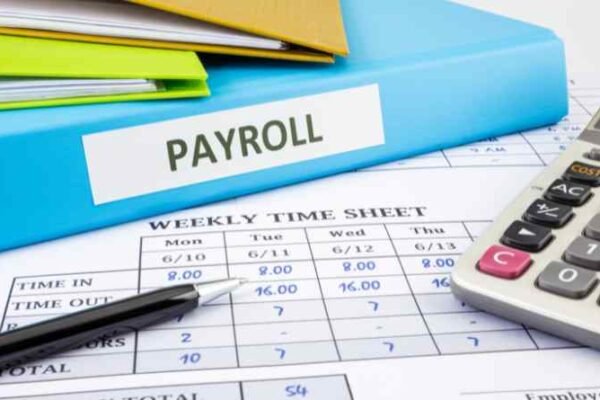Navigating the Mortgage Approval Process
When you apply for a mortgage, lenders will ask you to submit documentation regarding your debts and assets and proof of income and employment. This process is called underwriting.
Do not take on new debt or make other financial changes before closing. Underwriters are looking for red flags, and the more thorough your application file is, the easier it will be to approve your loan.
Credit Score
Mortgage lenders look at your credit history, employment history, savings, and debt payment habits to assess your ability to take on a home loan. There are standard guidelines that lenders must follow in evaluating your mortgage application. If you change any financial information during the process, it could delay or even derail your loan.
Once you have completed the mortgage application, your documents will be sent to an underwriter for review. Lenders have a lot of information they must verify, so you should be prepared to provide pay stubs and W-2s for the past several years, bank statements (checking, savings, and investment), assets, and a list of current debt payments, including car loans.
Also, avoid opening new lines of credit, taking on additional debt, or moving money around in your financial accounts during this time. Any changes in your financial profile can change your loan status, which may delay the closing of your home purchase and increase your interest costs.
Employment History
You’ll likely need to provide your lender with documents verifying your income, assets, debt, and employment history. It’s a good idea to have these ready beforehand so you can provide them as quickly and efficiently as possible.
Be careful not to take on new debt, move money around in your financial accounts (unless necessary for the purchase), or change jobs before—or during—the mortgage process. These changes could derail the mortgage approval process in Quickstart Mortgage, and it’s best to be consistent with your credit and financial profile to make the process as seamless as possible.
You’ll also want to prepare for closing costs, including an escrow deposit and other fees lenders must disclose on a loan estimate. Some of these fees might come from third parties, such as appraisers, title insurance companies, and recording fees. Shopping around for the most competitive third-party prices is a good idea. You might be able to save some money.
Assets
Most mortgage lenders will review borrowers’ assets to determine their ability to repay the loan. In addition to cash and cash equivalents (checking and savings accounts, money market accounts, and CDs), lenders also look at physical property, like cars, boats, and vacation homes, as well as investments and other types of property that can be sold relatively quickly for cash.
These assets are often the primary source of funds a borrower has available for a down payment and closing costs. The higher a borrower’s net worth, the less risky they are to a lender and the more attractive their mortgage loan terms.
Typically, lenders require bank statements covering the last 60 days to verify a borrower’s assets. It is essential that a borrower not move cash around between accounts during this period to avoid creating red flags for underwriters and potentially delaying the mortgage approval process. Also, it is recommended that a borrower not open new lines of credit or take on additional debt, move significant sums of cash into a financial account, or change jobs before beginning the mortgage process.
Income
While some lucky homebuyers pay cash for their homes, most rely on a mortgage loan from a lender to help finance their purchases. That means lenders closely examine your credit score, history, debt, and assets. Typically, they ask for documentation that includes current bank statements (checking and savings accounts), recent W-2s, and other tax returns, as well as investments, property, and other assets you own or control that could be converted to cash quickly. Lenders also verify the income you report and may contact your employer to validate employment information.
Once all the documents are in order, your application is reviewed by an underwriter to ensure you meet the requirements for the loan you’re seeking. If approved, you’ll receive a Loan Estimate with the loan details and closing costs for your review. This document is required by federal law and must be received within three business days of applying for a mortgage.











